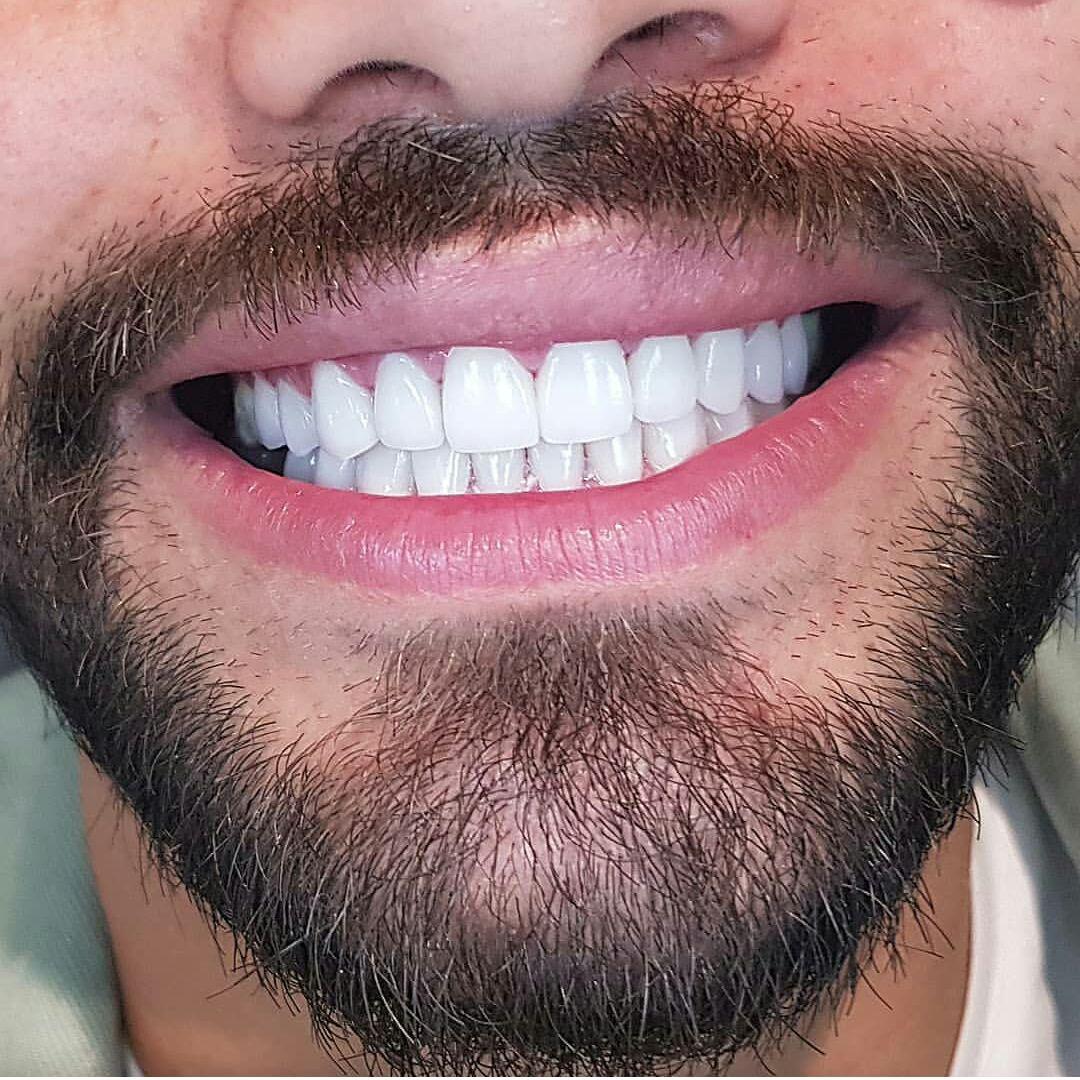Dental Restoration
페이지 정보
작성자 Eleanore 작성일25-08-18 05:03 조회3회 댓글0건관련링크
본문
The Process of Dental Bonding
---------------------------
Dental bonding involves the application of a tooth-colored tooth-composite material to the affected tooth. The procedure can be performed in a single visit to the dentist's office, and the entire process typically takes about 30 minutes to complete. Here's a step-by-step guide to understanding what happens during a dental bonding procedure:

- Preparations: The dentist will first evaluate the health of the teeth to determine the scope of the work. The patient's teeth will be cleaned and prepared for the bonding process. A gentle abrasive may be applied to roughen the surface of the tooth to improve adhesion.
- Resin selection: The dentist will select a tooth-colored resin material that matches the patient's natural tooth color. This resin is usually made of a mixture of plastic and ceramic particles.
- Resin application: The dentist will apply a small amount of resin to the affected tooth using a small drill or a special bonding tool. The resin is molded and shaped to match the patient's tooth shape and size.
- Hardening: The resin is then hardened using a special light source. This process usually takes a few minutes.
- Shaping: Once the resin is hard, the dentist will shape and polish it to match the surrounding teeth.
-------------------------
Dental bonding is a popular cosmetic dentistry procedure due to its numerous benefits. Some of the advantages of dental bonding include:
- No pain or لمینت دندان discomfort procedure that does not require anesthesia, making it suitable for individuals with gum recession.
- Cost-effective compared to other cosmetic dentistry procedures such as veneers or crowns.
- Convenient procedure that can be completed in a single visit to the dentist's office.
- Minimally invasive procedure that does not require extensive dental work.
- Long-lasting procedure that can last for several years with proper care and maintenance.
-----------------------------------
While dental bonding is a safe and effective procedure, it does come with some risks and drawbacks. Some of the potential complications associated with dental bonding include:
- Temporarily sore teeth after the procedure, but this is usually transient.
- Chipping of the resin used in dental bonding can occur over time, especially if the patient has a habit of biting or chewing hard objects.
- Discoloration of the resin used in dental bonding can occur over time, requiring touch-ups or replacement.
- Failed procedure in rare cases, the resin may not bond properly to the tooth, leading to an incomplete or unsuccessful procedure.
-------------------------
To ensure the success of dental bonding, patients should follow a few simple precautions and aftercare instructions:
- Avoid biting or chewing hard objects.
- Regular brushing and flossing.
- Fluoride treatment.
- Avoid acidic foods and drinks.
댓글목록
등록된 댓글이 없습니다.

